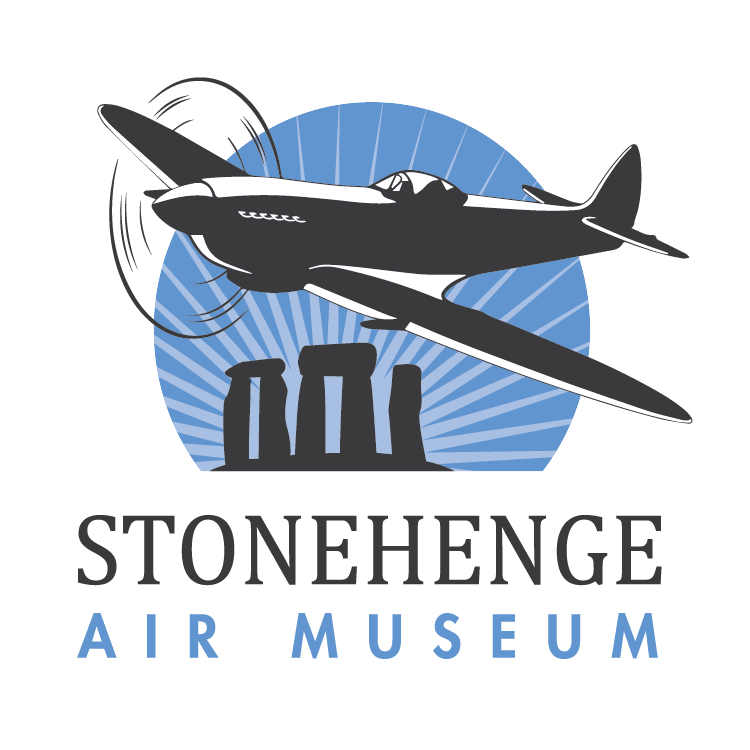1942 DeHavalland DH-82A
Tiger Moth II
The Tiger Moth became the foremost primary trainer throughout the British Commonwealth. It was the principal type used in the British Commonwealth air Training Program where thousands of military pilots got their first taste of flight in this robust little machine. The RAF found the Tiger Moth’s handling ideal for training future fighter pilots.
From the outset, the Tiger Moth proved to be an ideal trainer, simple and cheap to own and maintain, although control movements required a positive and sure hand as there was a slow response to control inputs. Some instructors preferred these flight characteristics because of their effect of “weeding out” the less-skilled student pilot.
The Tiger Moth had a long and distinguished service life, some even carrying out unarmed coastal reconnaissance patrols over British inshore waters during the dark days of 1939 and 1940 when there were not enough “warplanes” to cover shipping routes. The Tiger Moth was even considered for a desperate attack role when a German invasion of the British Isles seemed imminent.
Over 7,000 Tiger Moths were built during the war specifically for the RAF, nearly half being built by Morris Motors Limited at Cowley, Oxford.
In postwar use, large numbers of surplus Tiger Moths were made available for sale to flying clubs and individuals. They proved to be inexpensive to operate and found enthusiastic reception in the civil market, taking on new roles including aerial advertising, aerial ambulance, aerobatic performer, crop duster and glider tug.
The aircraft on display was built in 1942 by Morris Motors. At the time there must have been enough Tiger Moths to keep the various flight schools in business, so it was placed in what was called “purgatory”, which meant stored in a dismantled state.
In 1944, this Tiger Moth was sent back to Morris Motors for assembly and then quickly assigned to the 38th Maintenance Unit at RAF Llandow, Wales. It was then issued to an RAF Training Delegation training Free French pilots for the remainder of the war. Immediately after the war this aircraft was assigned to the Free French Air Force and removed to an air base in France. She remained in French Air Force service until 1951 when she was sold to a succession of French Aero Clubs before being imported to the U.S. in 1972. Jim Smith acquired this aircraft in 1989.



